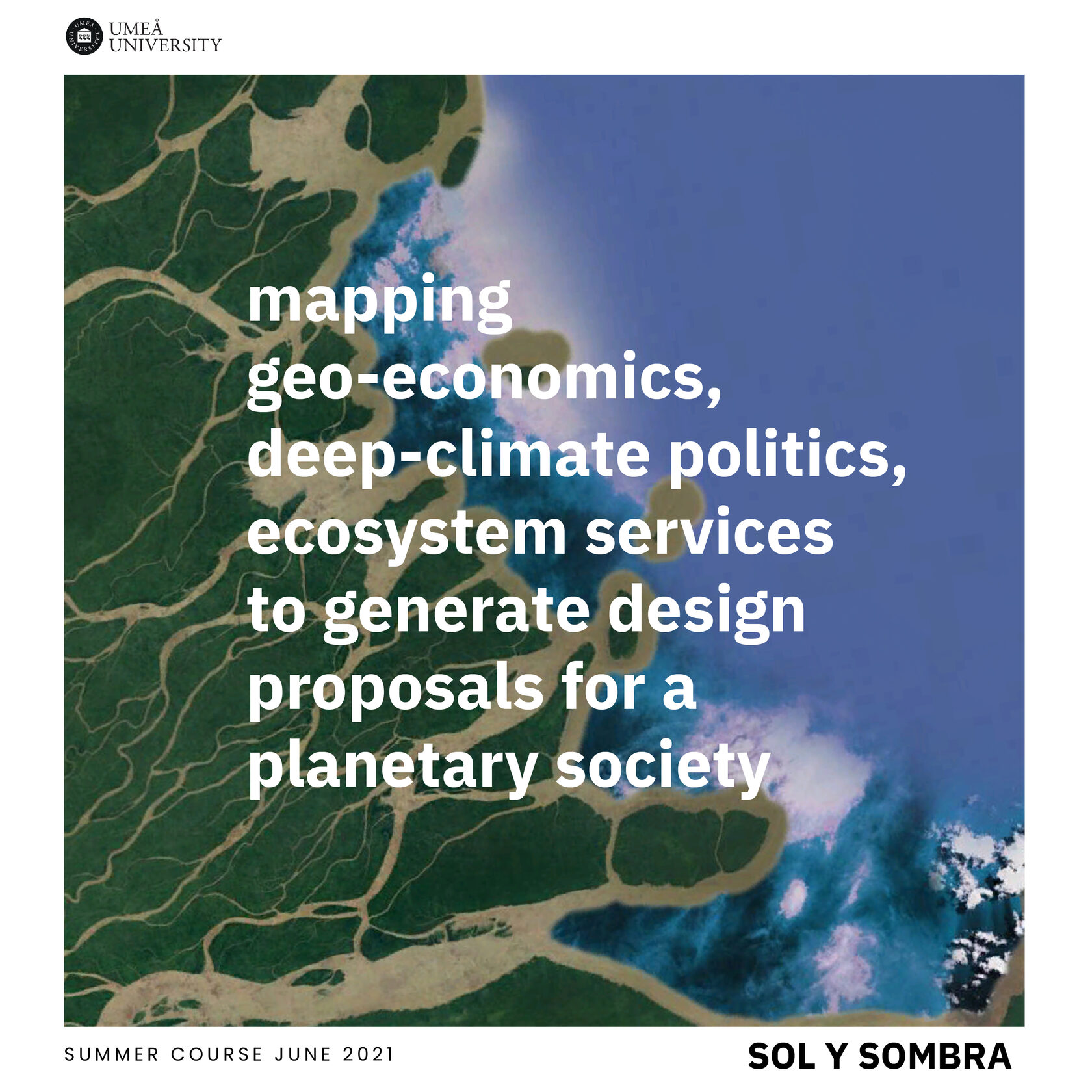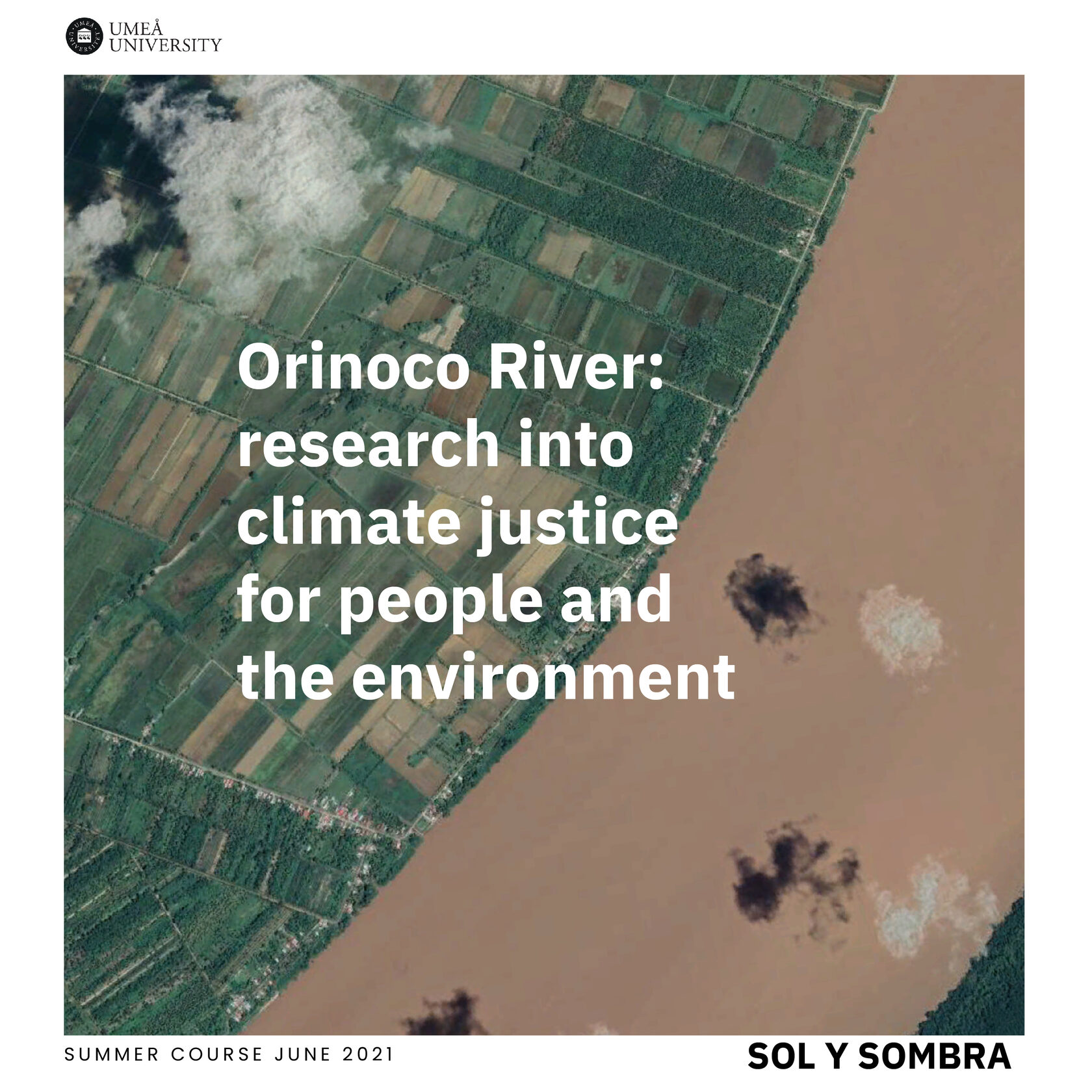mapping shadow policies to shadow ecologies
to support environmental diplomacy in the Venezuelan Amazon
Showing at the 17th International Architecture Biennale in Venice
as part of the Global Free Unit Programme at the Future School Pavilion
Supported by Umeå School of Architecture
led by architects and urbanists Alejandro Haiek and Xenia Adjoubei
in collaboration with Tomas Mena & Luis Pimentel
In Partnership with Fundación Espacio & Department of Design + Architecture, Simon Bolivar University, Venezuela
We call these 'shadow economies', 'shadow policies' and 'shadow ecologies'. Exploitation, extractivitsm, negation of human rights, and the rights of nature, leads to the devaluation of clean natural resources - which are the scarce resources of the future. Pollution, soil contamination, illegal trades and human trafficking, oil spills in the delta, deforestation and irreversible damage to the natural environment are endangering the life and cultures the Orinoco supports.

We aim to visualise and communicate the condition of the Orinoco to a public and professional audience at the greatest level of neutrality and detail currently possible, and present a critical standpoint based on the evidence, expertise and first hand accounts collected.
The result is a prototype of an interactive tool (a 3D model) and a set of visuals to show conflicts of interest and symbiotic relationships, in order to share understanding of what is happening in one of the most precious natural environments on our planet and highlight opportunities for new values and future economies. Please bear with us, the tool is at prototypical stages of development and the we unfortunately cannot give full access to the models yet!
The project presented here is compiled by an international team of young researchers, located across the world, and uses tools for collective modelling, data sharing and collaborative design, building on the work of Sol y Sombra 01: Designing for Migration project lab.

The Orinoco River territory includes the Orinoco Oil Belt, which is a globally important oil extraction territory, broken up into sectors with drilling rights, which belong to various countries, such as China, Russia, and Canada.
Venezuela holds one of the largest oil reserves in the world. A history of and dependence on extractivism plays an important role in the formation of cultural values, mentality and political and economic principles.
Venezuela has predominantly been a mono economy dependent on oil for the past 100 years and the precarious nature of oil and gas markets globally have brought the country to its knees economically, politically and socially.
The Orinoco Oil Belt overlaps with the Orinoco Mining Arc, a special economic zone for mining precious metals, minerals and rare earths, as well as indigenous territories and acres of protected forest areas. The delta of the Orinoco is rich in natural gas. The Delta Platform project, for the extraction of oil and gas on a large scale is spread over the clusters of green islands intersected by river streams, which is a unique ecosystem/ biome hosting high biodiversity.
Recently, with oversupply in the market for the heavy crude that Venezuela produces, oil storage in floating off-shore facilities has increased. These are ill-maintained and vulnerable, leading to repeated leaks into the Caribbean Sea, damaging marine ecosystems for 50+ years. In 2016 there were 69 active extraction sites in the Orinoco Delta, now only two remain functional. Programmes of rehabilitation are not being implanted, so every disused rig leaves a pollution footprint that affects the soil and waterways.
Economic and cultural activity have depended and been shaped by the Orinoco River in this region since time immemorial. The river and its tributaries remain the most efficient logistics network, veiled by forest and controlled through informal and paramilitary regulation.
Venezuela occupies a strategic position in the global drug trade due to its position between with the world's largest cocaine exporter, Colombia, and Caribbean coast, which is permeated with smugglers' routes. Current political conditions allow for a number of quasi-official negotiations between transnational and national armed forces who operate in and control this area. The farming case study offers another example of a loss of applied sovereignty in the vicinity of the Orinoco, following the oil & gas sectors and Mining Arc.
It is possible to map the drug transportation and human trafficking routes on the Orinoco with geo-localisation and detail, based on news articles and social media reports, and the relationships between military and paramilitary forces and the territories they control based on aerial photography analysis of settlements and their organisational structures.
The border between Colombia and Venezuela follows the contour of the Orinoco river, but the frontier dissolves deep in the forest, it is not enforced at tributaries of San Fernando de Atapabo, the Toma River and the Meta River, which become entry points for cocaine and guerrilla activities, onto Venezuelan territory. The Amazon is noticeably militarised throughout South America, not only on the Orinoco. This is a highly contested, politicised and relatively densely populated zone, not an empty 'forgotten eden' as it is often portrayed in the northern hemisphere.
The fast flowing Orinoco, with its abundant tree cover, is perfect natural infrastructure and efficient human transportation network for drug producers to take advantage of international drug-trade routes into Trinidad and Tobago and beyond, to Europe, West Africa, the Caribbean and the United States.
The Uverito forest is also located here and represents a unique experiment of industrial forestry for our planet. Located at the north part of the Orinoco River, it is a monoculture of Caribbean pine for commercial and industrial use which spans an area of 6000 km2. The Project was started in 1981 by Jose Joaquin Cabrera through the alliance created by the CVG and the Ministry of Culture and Agriculture, the plantation had a budget of 275 million dollars but, due to constant drought and wildfires, financing and up-keep of the project have been terminated. The Uverito is now the largest abandoned man-made forest on earth and presents a monoculture territory, vulnerable to climate change and not integrated in the ecosystem that surround it.
Paramilitary (FARC, ELN) collaborate with criminal organisations, or pranatos / trenes. These groups realise more localised control over the illegal mines, often exploiting indigenous groups or economic migrants through modern slavery and human trafficking. Women and children work in mines with heavy machinery, subject to gas poisoning for unfair wages or forced labour. There is a strong correlation between illegal mining and sexual exploitation of women and children. In some cases however, in particular with particularly FARC and NLA, there is evidence of coexistence and mutual benefit with local communities.
Instead of becoming an opportunity for economic development and the creation of jobs, our analysis shows that coltan is likely to become a conflict mineral in South America, needless to say this conflict can spill over frontier territories into other nations.
All gold mining in this region is catastrophically destructive to the natural environment. All gold in the Orinoco belt is mined illegally. It is the most polluting, irreversible and violent form of deforestation in the amazon. After removing trees from the area, the fertile layer of the soil is power-washed away using mercury and cyanide. This fertile layer cannot be reinstated and no plants are able to grow thereafter. Mercury does not break down and works as a cumulative poison which collects in the bodies of animals and human, who experience high infant mortality and birth defects among many other effects.
UNESCO's world heritage Canaima National Park is a landscape of planetary importance and value and lies up river from the Orinoco, Yapacana National park which is home to the Yanomami tribe which retains one of the most distinguished cultures in the world, also lies up river. These territories are in grave danger from ongoing illegal mining and the environmental depletion which it brings.
Orinoco gold is extracted by economic migrants or local communities who are predominantly forced into this work by the humanitarian crisis being experienced in Venezuela and the lack of economic opportunities in cities and towns. The illegal extraction of gold is a sign of desperation and lack of economic opportunities.
Venezuela has 26 Indigenous tribes which make up 3% of the country's population. Lack of regulation in extraction of gold and coltan leads to violence, modern-day slavery, child labor and prostitution which impact indigenous peoples through the destruction of their traditional social and economics structures. Some tribes have chosen voluntary isolation as a protection mechanism, also in response to the latest pandemic, which forces them to regularly relocate when they are besieged by miners and criminal groups. Tribes such as the Hoti tribe, parts of the Yanomami and Piaroa tribes are cut off from the outside world and are facing existential threats due to limited access to medical resources, malnutrition and disease.
It is important to highlight and focus on the form of trade the Indigenous People used to be dependent on, since the existence of a new currency is forcing the people of the orinoco to try and find a middle line to coexist without having to sacrifice their land and their culture.
A national ban of mercury is active in Venezuela in which smuggling businesses started to occur from the bordering countries and later on distributed through the rainforest's rich and complex river system.
Large amounts of mercury are washed into waterways as the result of illegal gold mining, which supply drinking water and feed ecosystems. The pollution has a cumulative effect in the ecosystem, leading to still-births and birth defects in humans and damage to the ecosystem which has not been properly measures or assessed.
The Orinoco river begins at the Sierra Parima Mountain and drains more than 2,000 rivers along the way to the Orinoco Delta, it includes a cluster of ecosystems and encompasses more than 300 tributary channels and independent streams. The watershed of the Orinoco extends over 1.1 million km2 to the north and west of the main stem and it has great ecological, cultural, and economic complexity driven by the combination of constant physical change.
The Orinoco River is the third largest in the world by water volume, it is the source of hydroelectricity which powers 70% of the country. Its hydrological characteristics are also essential for the structure and function of many ecosystems that provide habitat to a great diversity of life. This region is among the highest priorities for conservation on our planet. Practical protection of these ecosystems is currently enforced by indigenous communities, and is important to understand their methods of living on this earth without destroying it, knowledge which is in danger of disappearing due to the ongoing environmental crisis.
- Xenia Adjoubeidirector ASWStudio, founder Nikola-Lenivets ClassroomFulbright Visiting Scholar at the Inclusive Ecologies Incubator at the Pratt Institute, New York, and head of an architecture practice which specialises in culture and education. Xenia's research is on Environmental Diplomacy and Climate Justice with a focus on migration, informal economies and their impact on the environment, which is showcased at biennales and exhibitions internationally.
She directs the Nikola-Lenivets Open Classroom at the largest art park in Europe, where she leads short courses and research projects on Art as Labour in a Post-work Future and the New Rural condition, which have participated in conferences and exhibitions including the Oslo Architecture Triennale 2019, in collaboration with the Global Free. She teaches an MA studio with Alejandro Haiek at Umea University, Sweden.
https://www.adjoubeiscottwhitby.co.uk/ - Alejandro Haiekdirector, Lab.Pro.Fab., founder, The Public MachineryArchitect, PhD. Candidate at Universitá di Genova, Affiliate Researcher at the Research Institute of Sweden, Studio Leader at Umeå School of Architecture, Sweden, WORJ Civitella Fellow, Elam International Artist in Residence, New Zealand, Invited Professor at the Master of International Cooperation & Sustainable Emergency Architecture at Universitat Internacional de Catalunya and at Urban Lab, Institute of Advanced Architecture of Catalunya, Spain. Master in Science honorific mention in Architectural Design at the Central University of Venezuela.
His research examines the relations between public landscapes, post-industrial ecologies and Network Governance, resulting in projects for social innovation that integrate science, culture and local intelligence.
https://labprofab.org/ - Tomas MenaTechnologist / Computational Design / Digital fabrication.
- Luis PimentelSpatial analyst / Emergent mapping technologies
Reynaldo Alsina, medical outreach / Director CUMIS UCV
Ricardo Avella, Urbanist & researcher Amazon ecologies
Ethel Baraona, Critic, writer and curator / dpr-barcelona
Fabio Capra Ribeiro, PhD in Urbanism IUAV Venice / spatial & environmental justice
Juan Cristóbal Castro, Pontifical Catholic University of Valparaiso / extractivism as cultural phenomenon
Ana Maria Duran Calisto, Theorist and Doctoral Candidate UCLA / Yale School of Architecture
Eduardo Kairuz, Director, Global Extraction Observatory (GEO); Lecturer, Monash University
Liana Malva, Artist, musician, singer / Nature activism
Carmen Mendoza Arroyo, PhD in Urbanism, Assistant Director School of Architecture / UIC Barcelona
Franco Micucci, Head of the Department of Design & Architecture / Simón Bolívar University, Caracas
Karla Montauti, architect, artist, educator / Buenos Aires University
Eduardo Mouhtar, architect / Orinoco territorial researcher
Maria Isabel Peña, Architect, Former Director Instituto de Urbanismo / Central University of Venezuela
Elisa Silva, architect, academic / Enlace Arquitectura / University of Toronto
Luis Romero, Artist / Contemporary Art Curator. Sheroanawe Hakihiiwe: arte y contexto. Alto Orinoco
Cristina Vollmer de Burelli, Founder, SOS Orinoco / Founding Co-Chair, The Global Leaders Program / Founding Executive Director V5 Initiative


